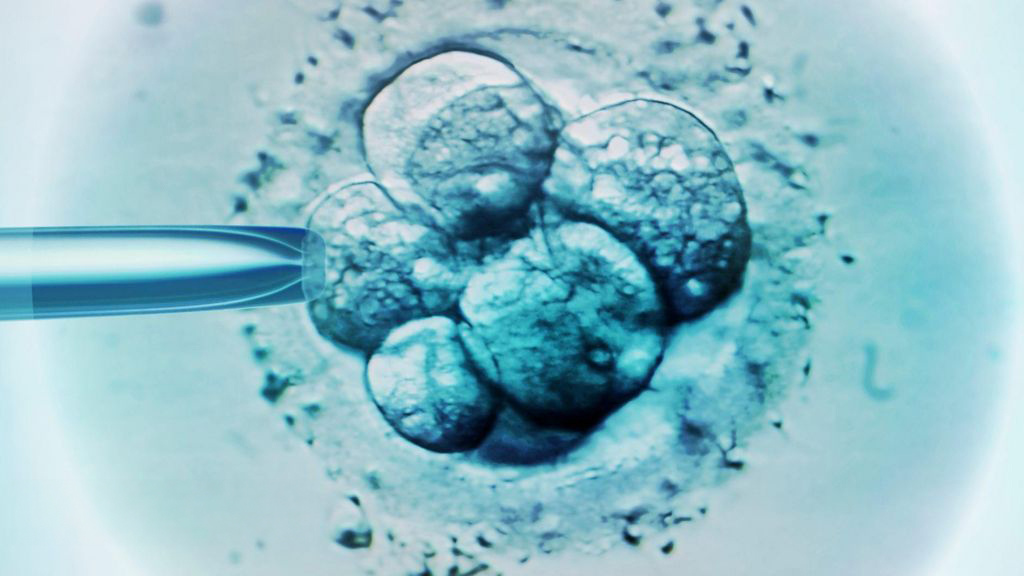A Baby Born from a 30-Year-Old Embryo: A New Frontier in Fertility Science
Thaddeus Daniel Pierce, born on July 26, 2025, in Ohio, is not your typical newborn. What sets him apart? He came from a frozen embryo that had been preserved for more than 30 years — making him the result of the oldest-known successful embryo transfer in medical history.
This remarkable event has broken previous records in reproductive science and has raised questions about the limits — and ethics — of assisted fertility.
A Time-Traveler of the Womb?
The embryo that became Thaddeus was created in April 1994, likely by Linda Archerd and her then-husband, through in vitro fertilization (IVF). Instead of being used at the time, the embryo was donated anonymously and stored. It was transferred to Lindsey Pierce, a 35-year-old Ohio woman, earlier this year through an embryo donation program. Her husband Tim, 34, is now the proud father of the baby boy — who was essentially conceived more than three decades ago.
That’s longer than some entire human lifespans. Think about it: this embryo was frozen before smartphones, social media, or even DVDs existed.
How Long Can Embryos Be Frozen?
Experts say that with modern cryopreservation methods — particularly vitrification, which rapidly freezes cells to avoid ice crystal formation — embryos can remain viable indefinitely. In theory, an embryo frozen for 100 years could still be implanted and grow into a healthy baby, though long-term studies are limited.
Still, scientists warn that the freezing process itself must be done perfectly to avoid damage to cellular structures, and thawing must be handled with precision.
What This Means for the Future?
Thaddeus Daniel Pierce’s birth is more than a medical milestone — it’s a glimpse into a future where fertility is no longer bound by time. As cryogenic storage and IVF techniques improve, we may one day see embryos from previous centuries brought to life, reshaping our understanding of parenthood, biology, and the very concept of “generation.”
Final Words.
Science made it possible — but love made it real.
Lindsey carried Thaddeus in her womb, but his embryo was created by strangers. People she’ll likely never meet. Still, she and Tim never saw him as “someone else’s baby.” From the moment he was transferred into her body, he was theirs — heart, soul, and cell.
He may not share their DNA, but he shares their lives, their stories, their dreams. And now, he is their son.

